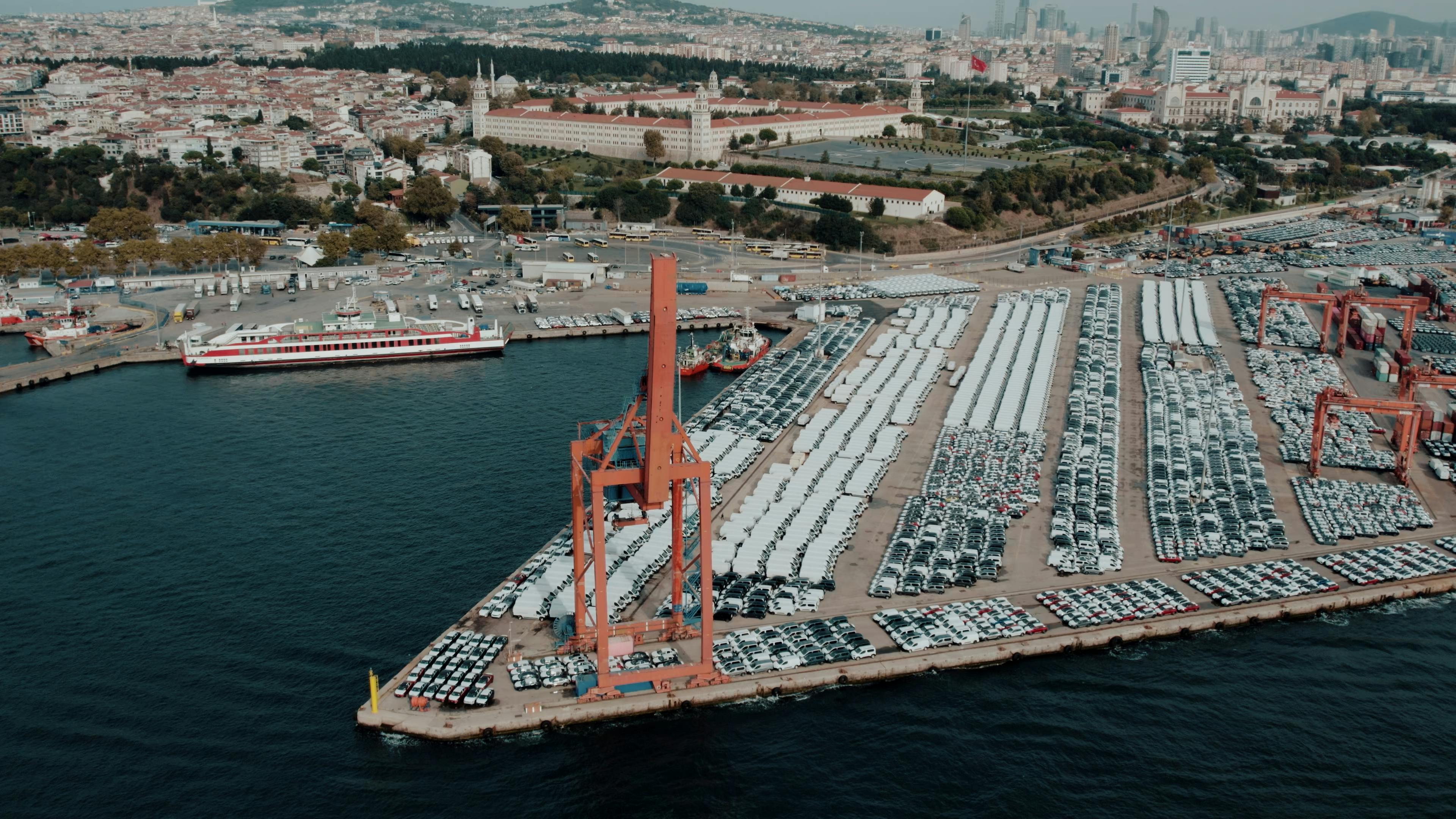What is a transshipment and how does it affect transit times?
When shipping your vehicles in containers overseas, you may sometimes find that your shipping route has a transshipment along the way. A transshipment is when your container is moved from one shipping vessel to another while in transit to its destination overseas. It helps to understand how a transshipment works, and why it can sometimes increase the transit times.
Why does a transshipment occur?
A transshipment typically occurs when there is no direct shipping route to your destination. For example if you're shipping a container from California to Australia, there is an option for a direct vessel that departs a port in California and arrives directly in Australia. However there is also a transshipment route that will first have the ocean vessel sail to Singapore, where your container is unloaded from that vessel, and placed on another vessel for Australia. This is typically done to save money on shipping costs, but it leads to increased transit times to the final destination.
How does a transshipment lead to shipping delays?
Delays are absolutely common when shipping a container overseas using a transshipment route. Because of the nature of a transshipment, your container is unloaded and reloaded onto a different ship which takes additional time. Sometimes it can take up to a week for a port to completely unload an incoming ship, and up to another week to load it onto a new ship going to the final destination. These week long delays can be the result of port congestion, and they can sometimes turn into month long delays. This is why transshipments are only recommended if there are no direct shipping routes to your destination.
Transshipments are just one aspect of the international shipping journey you need to consider. Learn about all factors that affect international car shipping times and costs in our comprehensive guide.
How to track transhipments?
The best way to keep track of your cargo during a transshipment is by using the shipping line's online tracking feature. For example if your container is being shipped on a Maersk ship, you will be able to go on their website and enter either your container number of bill of lading number, and get the details on when the ship will depart and arrive. You will also be able to see the second vessel your cargo will ship on, along with the details on its departure and arrival dates.
Ready To Ship Your Vehicle?
You May Also Like
These Related Stories

7 Tips for Transporting Your Classic Car to the Port

Buying Your Dream Car From Monterey & Want a Faster Shipping Option Overseas?

-093789-edited.png?width=220&height=79&name=wcs_final_logo_(1)-093789-edited.png)
